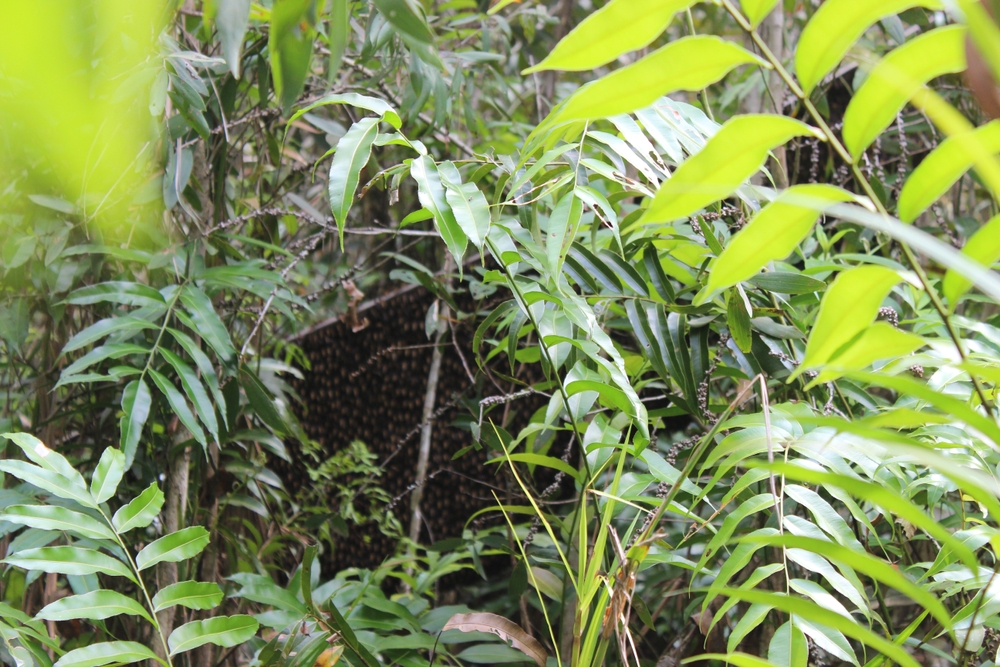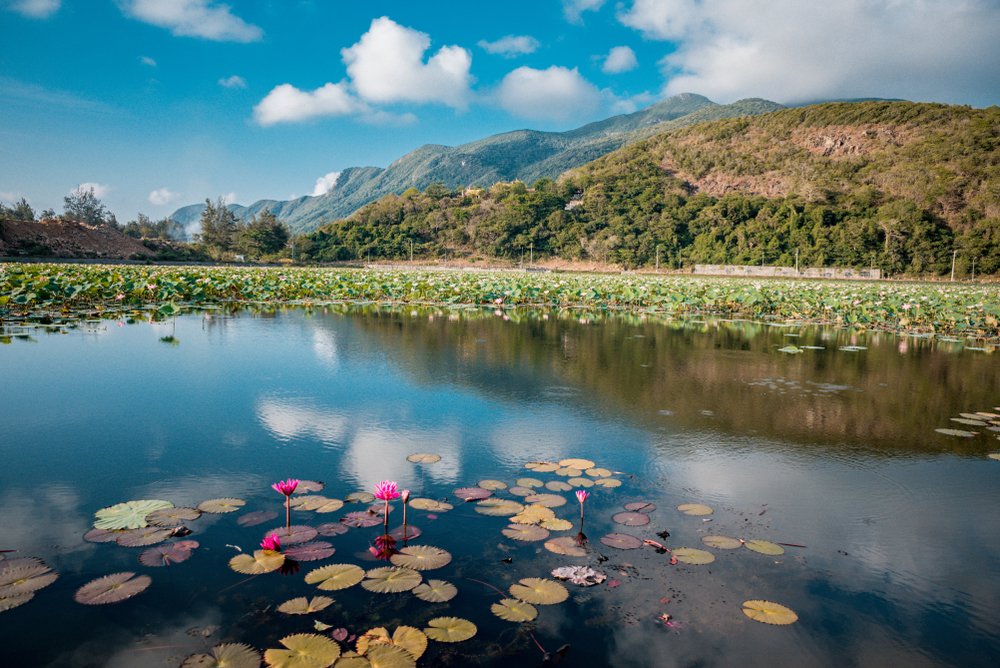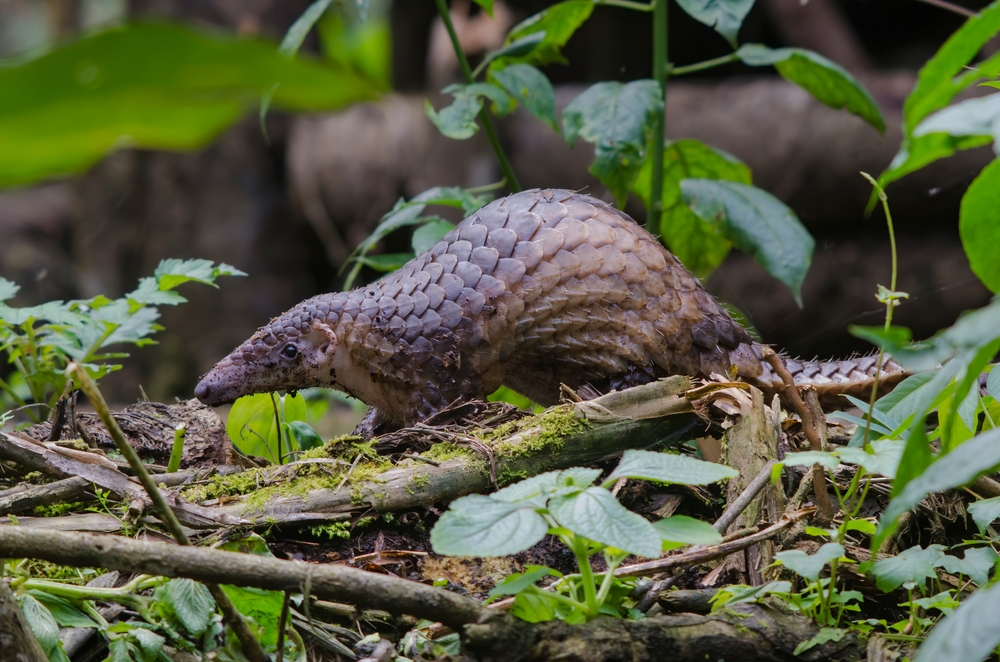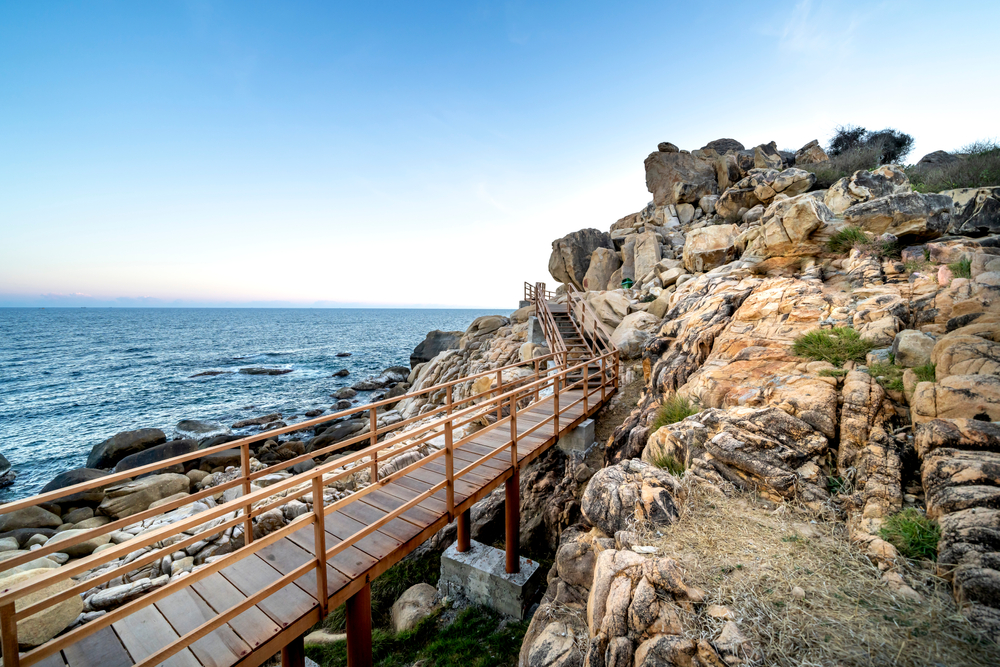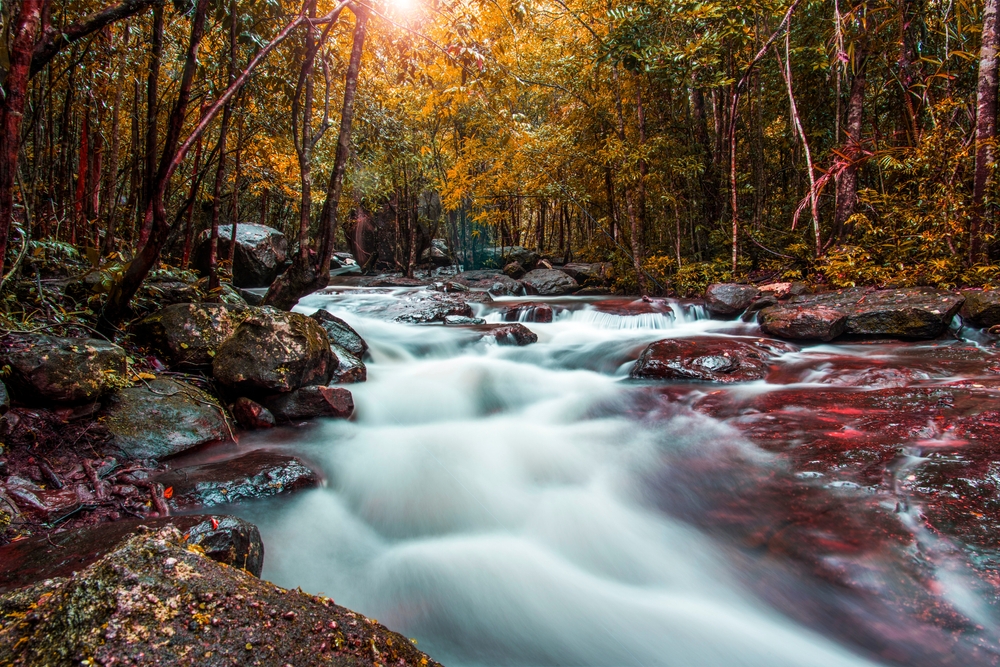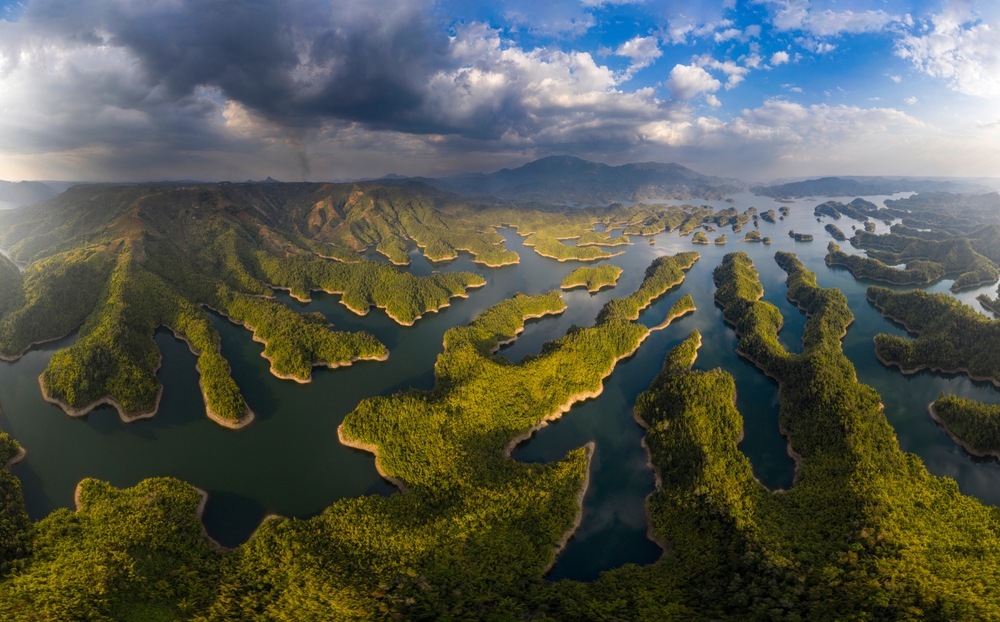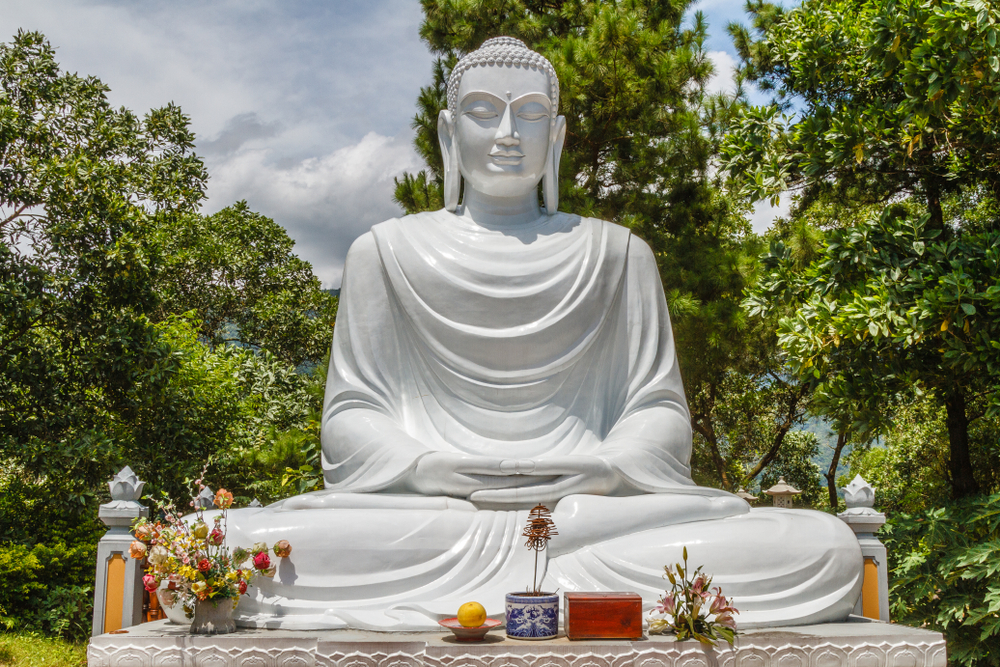U Minh Hạ Overview
U Minh Hạ National Park, located in the southernmost province of Cà Mau in Vietnam, spans an area of 82 square miles (213 square kilometers). This remarkable national park lies within the Mekong Delta region and is a vital part of Vietnam’s unique wetland ecosystem. Known in Vietnamese as “Vườn Quốc Gia U Minh Hạ,” the park is celebrated for its lush, waterlogged landscapes, biodiversity, and importance as a conservation hub.
The park’s terrain is dominated by peat swamps, Melaleuca forests (commonly known as cajuput), and an intricate network of canals and streams. These wetlands are interspersed with seasonally flooded grasslands, creating a mosaic of habitats that support an astonishing variety of flora and fauna. The Melaleuca trees, with their papery bark and tall, straight trunks, are iconic here, forming dense forests that stand out against the shimmering waterways. The park also has a layer of acidic peat soil, which plays a crucial role in supporting the ecosystem but also makes it particularly vulnerable to human disturbance.
Wildlife in U Minh Hạ National Park is diverse, with the wetlands serving as a sanctuary for many rare and endangered species. Visitors may encounter key mammals like the smooth-coated otter, fishing cat, and crab-eating macaque, while reptiles such as pythons and monitor lizards also inhabit the area. Bird enthusiasts are drawn to the park for its rich avian life, which includes species like the black-headed ibis, painted stork, and the Oriental darter. The park is a critical stopover point for migratory birds, adding to its ecological significance.
A visit to U Minh Hạ National Park offers numerous attractions and activities. Boating through the waterways provides an immersive experience of the lush Melaleuca forests and tranquil canals, while guided treks allow visitors to explore the diverse flora and fauna more closely. Observation towers in the park offer panoramic views of the landscape and excellent opportunities for birdwatching. Cultural experiences can also be enjoyed, as the park lies close to local fishing communities where visitors can learn about traditional ways of life.
The park’s management faces significant conservation challenges, including the effects of climate change, illegal logging, and agricultural encroachment, which threaten the delicate balance of its ecosystems. However, considerable efforts have been made to address these issues. Conservation programs have focused on reforestation, habitat restoration, and raising awareness among local communities about sustainable practices. These initiatives have been instrumental in preserving the park’s biodiversity and securing its future as a critical ecological zone in Vietnam.








































































